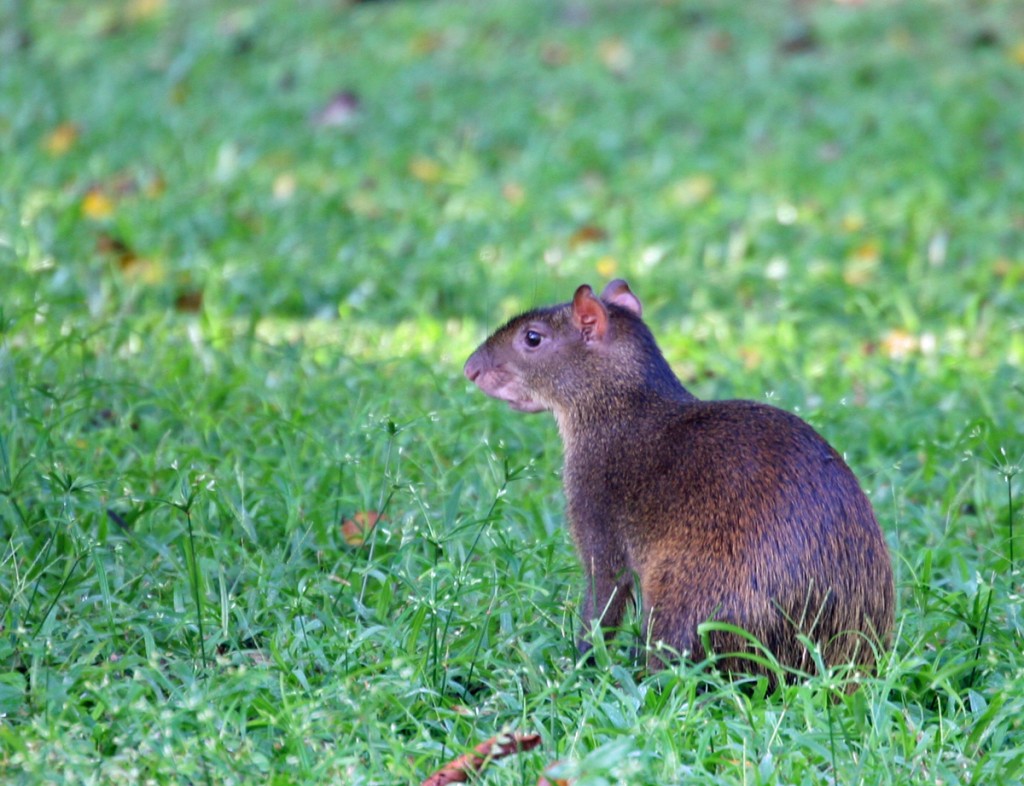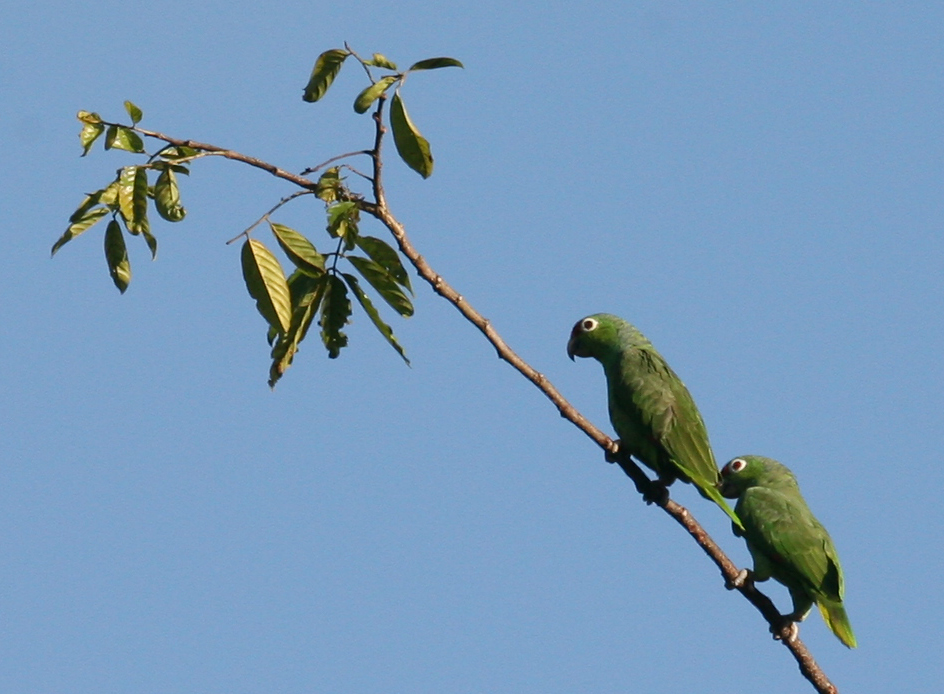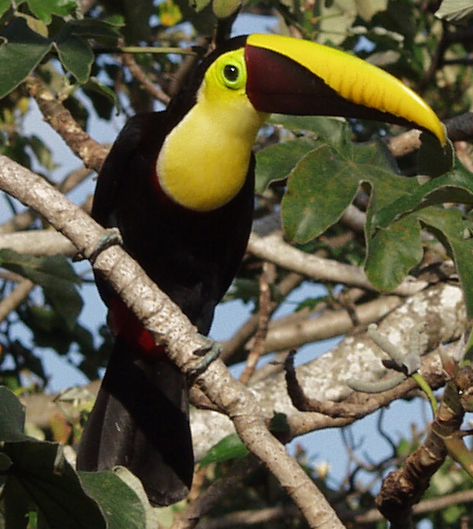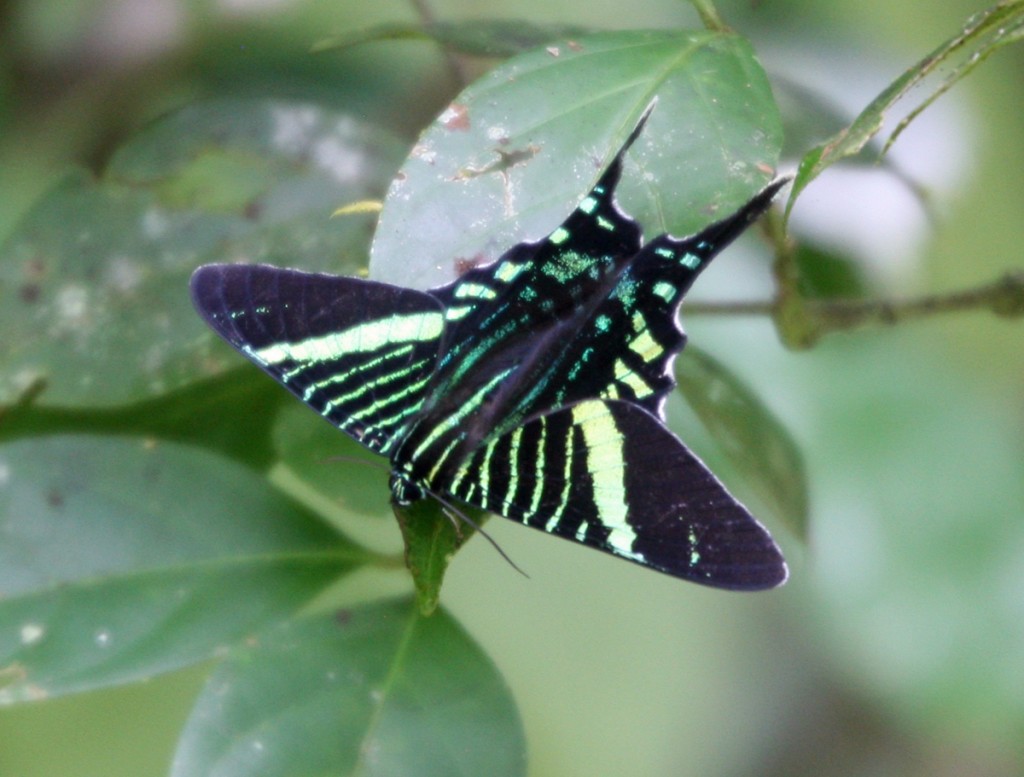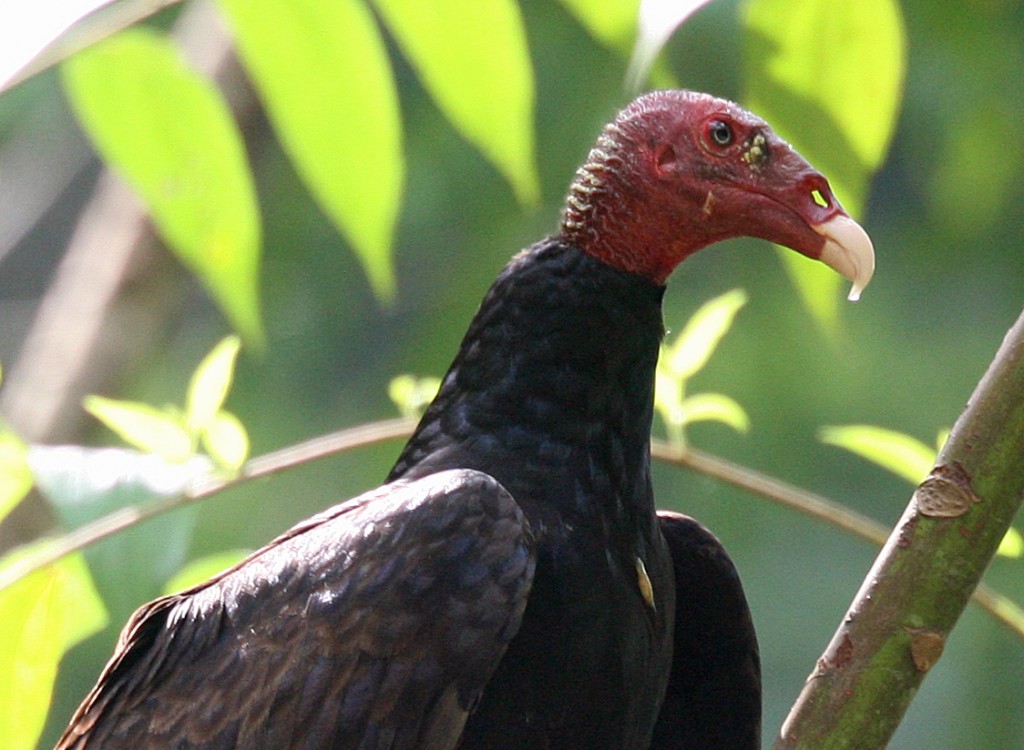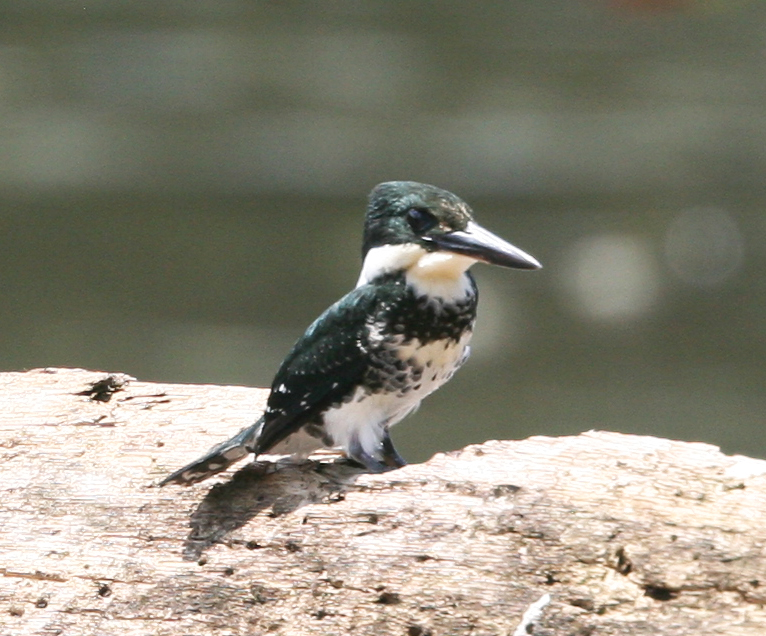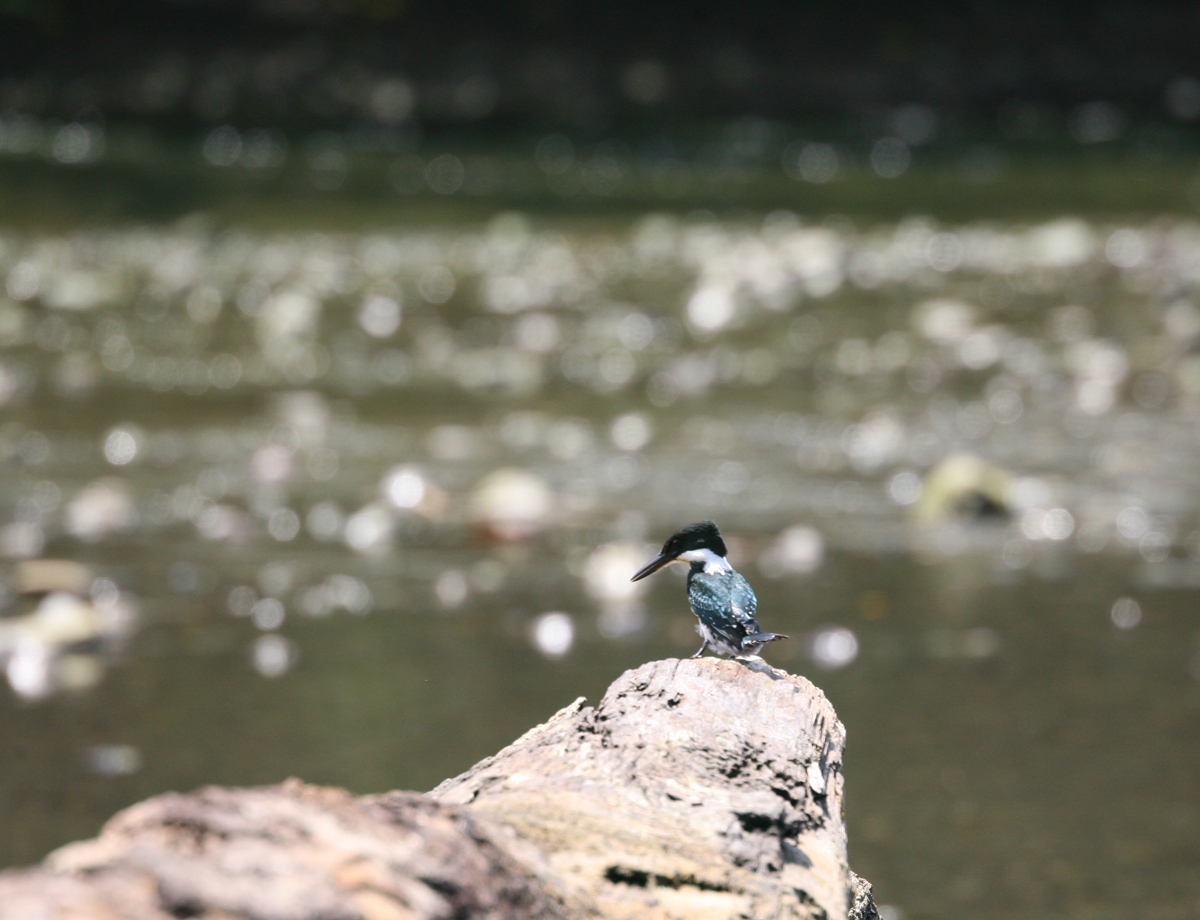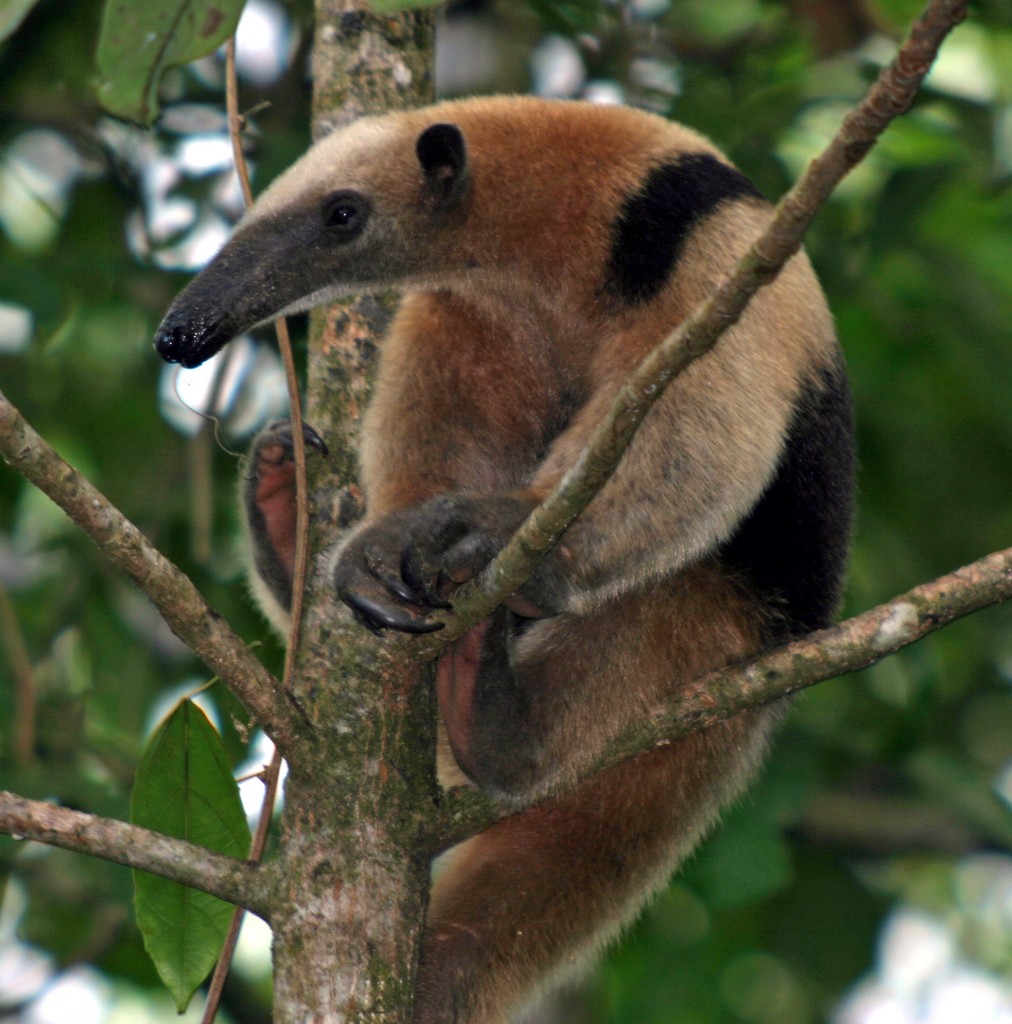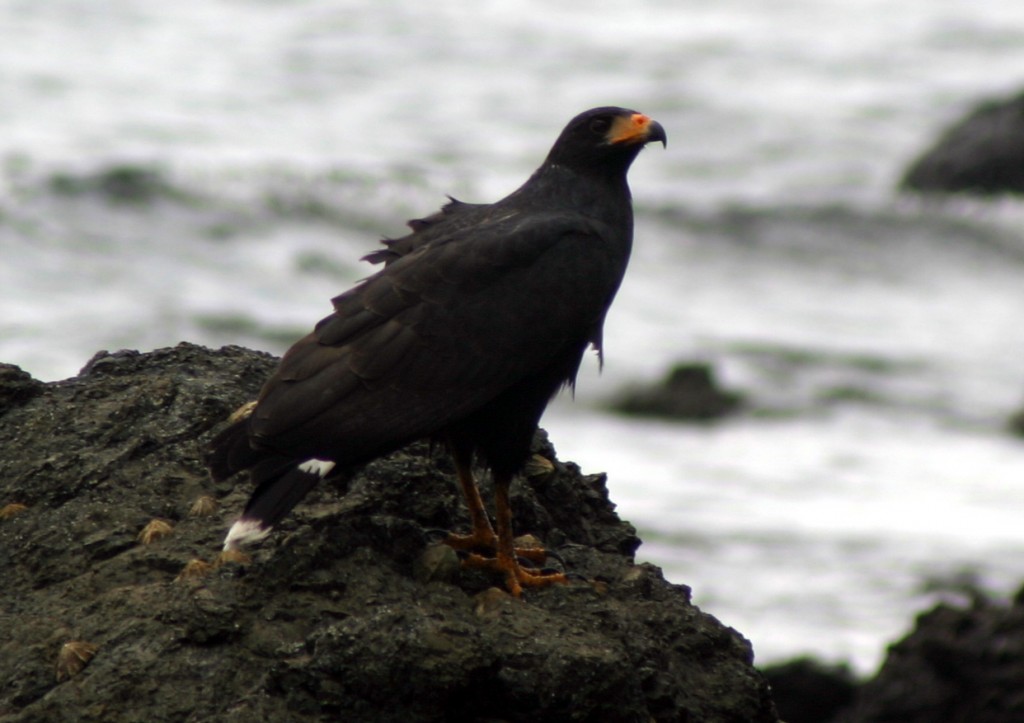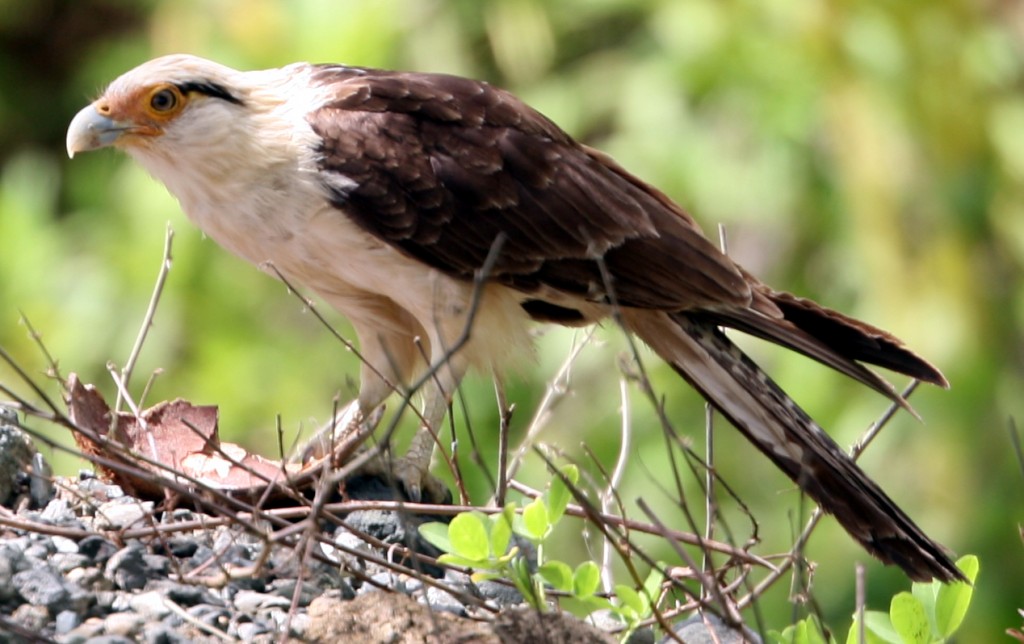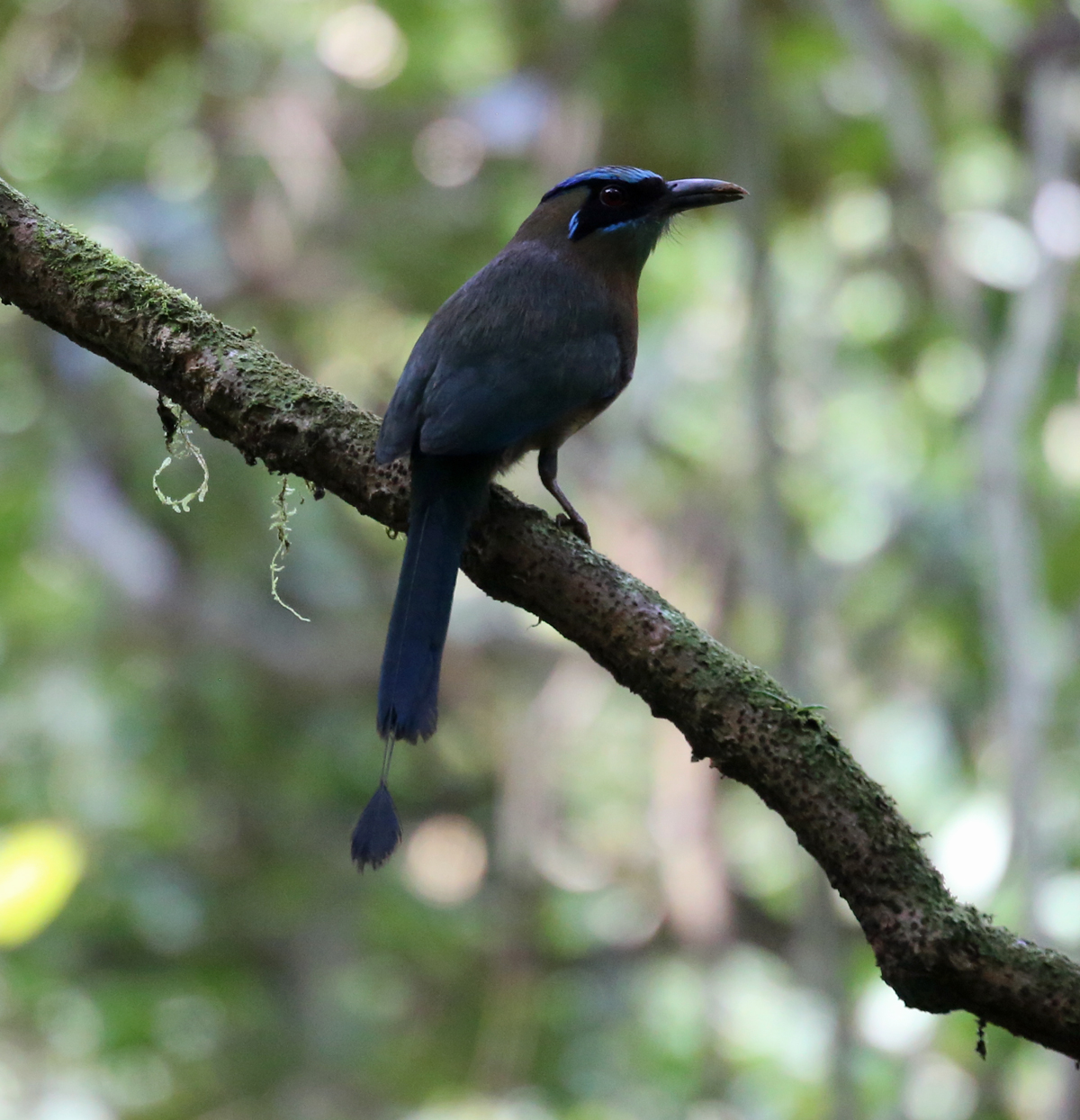The Central American Agouti (Dasyprocta punctata) is a rodent that looks like a cross between a rabbit with short ears and a giant squirrel with no tail. When frightened, the fur on its hind end stands out straight to make a bushy rump. Apparently this agouti feared neither people nor cars as it simply stood still in the yard of Bosque del Cabo as we slowly drove past and snapped its picture.
All media is copyright costaricawildlife.net, 2013.

